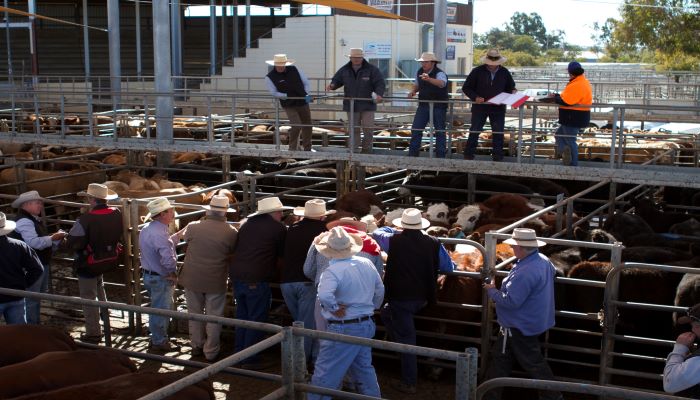How to record livestock movements
The information required to record a livestock movement on the NLIS database will vary according to the origin and destination of the movement, and the type of identification tags attached to the livestock.
Livestock movements with electronic tags – or RFID tags – should be recorded using the Livestock moved onto/off my property function. Access ISC's NLIS how-to guide for moving livestock onto or off a PIC (type in details) or how-to guide to moving livestock onto or off a PIC (file upload) for assistance with this. Livestock movements with visual tags should be recorded using the mob-based movement onto/off my property function. Access ISC's NLIS how-to guide for moving mobs onto or off a PIC (type in details) or how to guide to moving mobs onto or off a PIC (file upload) for assistance with this.
Who is responsible for movements?
If livestock are bought, sold or moved through a saleyard, the livestock movement must be recorded by the saleyard. For private sales – those that do not take place via a saleyard – the buyer/receiver of the livestock must record the livestock movement onto their property.
The vendor/sender of the livestock is not obligated to record the movement off their property, although they are encouraged to do so. They should check the movement has been made by the buyer/receiver.
Industry representative bodies have decided it is the buyer/receiver who makes the transfer and this has been legislated in each state.
Buying through an agent
If you buy stock privately through an agent, it is your responsibility as the receiver of stock to make sure the transfer is completed. While you can do it yourself, or ask your agent to do it for you, ISC recommends you clarify who will do it when the sale is made. You should ask for the Upload ID as a receipt to show it has been done if your agent completes the transfer. This Upload ID can be written on the NVD waybill that the stock arrive with – making it easy to check later and to show an LPA auditor.
Accidental sales or transfers
If livestock are accidentally sold by another producer and this is recorded on the NLIS database to your PIC, then this will generate a ‘system transfer’ warning. This is an automated warning from the database that notifies the PIC holder that an animal registered on their PIC has been moved off to another PIC. You will need to have an NLIS database account to receive the email notifications/warnings.
Read more about warning emails.






